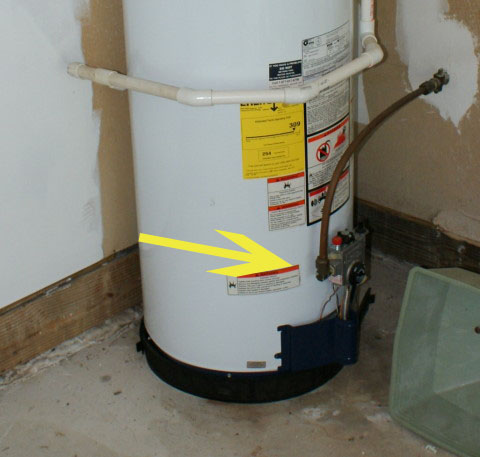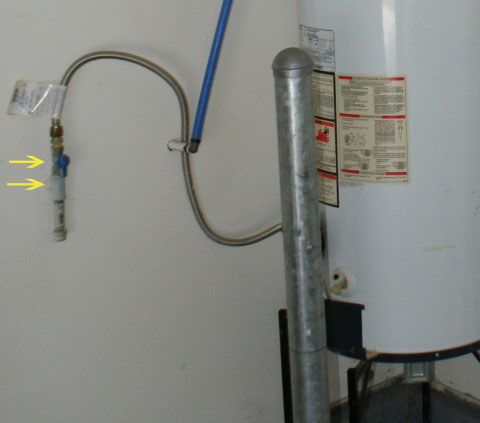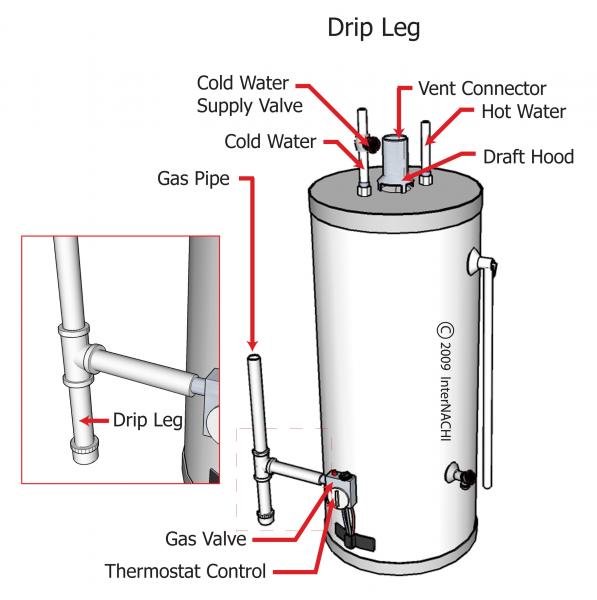- Home - Blue Palmetto Home Inspection of Summerville and Charleston
- Learn About Us and This Charleston Home Inspector
- What's Inspected
- Charleston Lowcountry Inspection Areas (geographic)
- Testimonials
- >>>Blogs (educational)
- Sample Reports & Documents
- Why Get a Home Inspection Report
- Charleston's Top Ten Reasons
- Home Inspector Photo Galleries
- Pricing
- Scheduling and Customer Information
- Home Inspection Authorization Contract
- General Scope of Work (electronic)
- Home Inspection Customer Satisfaction Survey
- Privacy Policy
- Full site
- The Roof Framers Field Manual
What is a drip leg or sediment trap?
Submitted by Ray Thornburg on Wed, 06/06/2012 - 08:42
What is a Drip Leg or Sediment Trap?
A sediment trap which is sometimes called a drip leg (although technically different) is a capped off section of gas line which is installed in such a way that any debris or moisture in the gas line will be caught in the trap where it can be cleaned out easily. The reason for this is to ensure safe operation of an appliance by keeping debris out of the tiny orifices of the gas valves. Check out the following picture courtesy of internachi.
2009 IRC G2419.4 (408.4) Sediment trap. Where a sediment trap is not
incorporated as part of the appliance, a sediment trap shall be
installed downstream of the appliance shutoff valve as close to
the inlet of the appliance as practical. The sediment trap shall
be either a tee fitting having a capped nipple of any length
installed vertically in the bottom-most opening of the tee or
other device approved as an effective sediment trap. Illuminating
appliances, ranges, clothes dryers and outdoor grills need
not be so equipped.
See our Water Heater Requirement page for more information on water heaters.
Here is a picture of a sediment trap on an air handler on a home under construction. Although the gas line to the appliance is yet to be installed you can see how the trap would work.
Below is a example of a gas water heater without a trap. Sediment can flow into the mechanisms and become a safety hazard. There are other problems with this install but we're only talking sediment traps now.

Can you spot the defect in the picture below. The sediment trap is there but the fuel cut off is on the wrong side. This means to service the trap the gas will have to cut off at the meter.

So what is the technical difference between a drip leg and a sediment trap. A drip leg can be installed anywhere at the low point in the piping system if there is moisture in the gas to allow for the removal of the condensation. The outlet of the meter is one such location. A sediment trap usually is installed as close to the appliance as possible.


